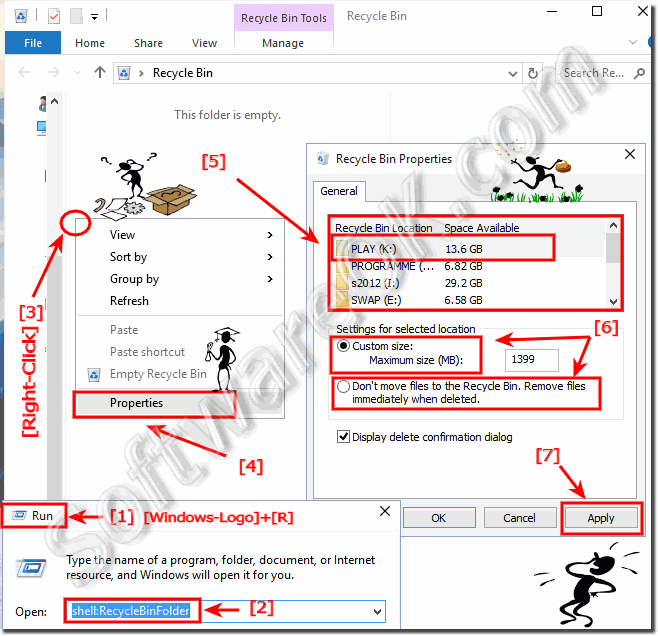


The network domain name associated with the current roaming profile. The network domain name associated with the current user. Of connection name, followed by pound symbol and session number.Ĭurrent time in format determined by Time command When client connects via terminal server session, is combination When logging on directly to machine, returns "Console". Intel64 Family 6 Model 158 Stepping 9, GenuineIntelĬ:\Windows\system32\WindowsPowerShell\v1.0\Modules\ Number defining exit status of previous command or programĬ:\Windows\System32\WindowsPowerShell\v1.0 The computer name of the current local system.Ĭurrent date in format determined by Date command Number of current command processor extensions.
:max_bytes(150000):strip_icc()/registry-editor-restore-backup-10-57f667c13df78c690f10ae66.png)
This will add a new field inside the list of paths. On the Edit Environment variable window, click the New button. On the Environment Variables window, select Path from the User variables section and click Edit. Click the Environment Variables button at the very bottom. Returns exact command line used to start current cmd.exe session. On the System Properties screen, go to the Advanced tab. This tutorial will show you a complete list of environment variables that can be used to reference standard directories and parameters in Windows 10. Environment variables makes it easy when certain standard directories and parameters need to be referenced but where the actual locations or names can vary from computer to computer. The variables can be used both in scripts and on the command line. Environment variables are a set of dynamic named values that can affect the way running processes will behave on a computer.


 0 kommentar(er)
0 kommentar(er)
